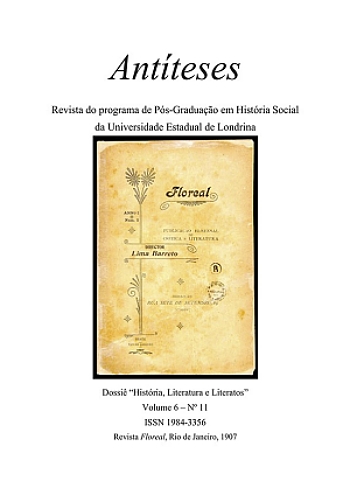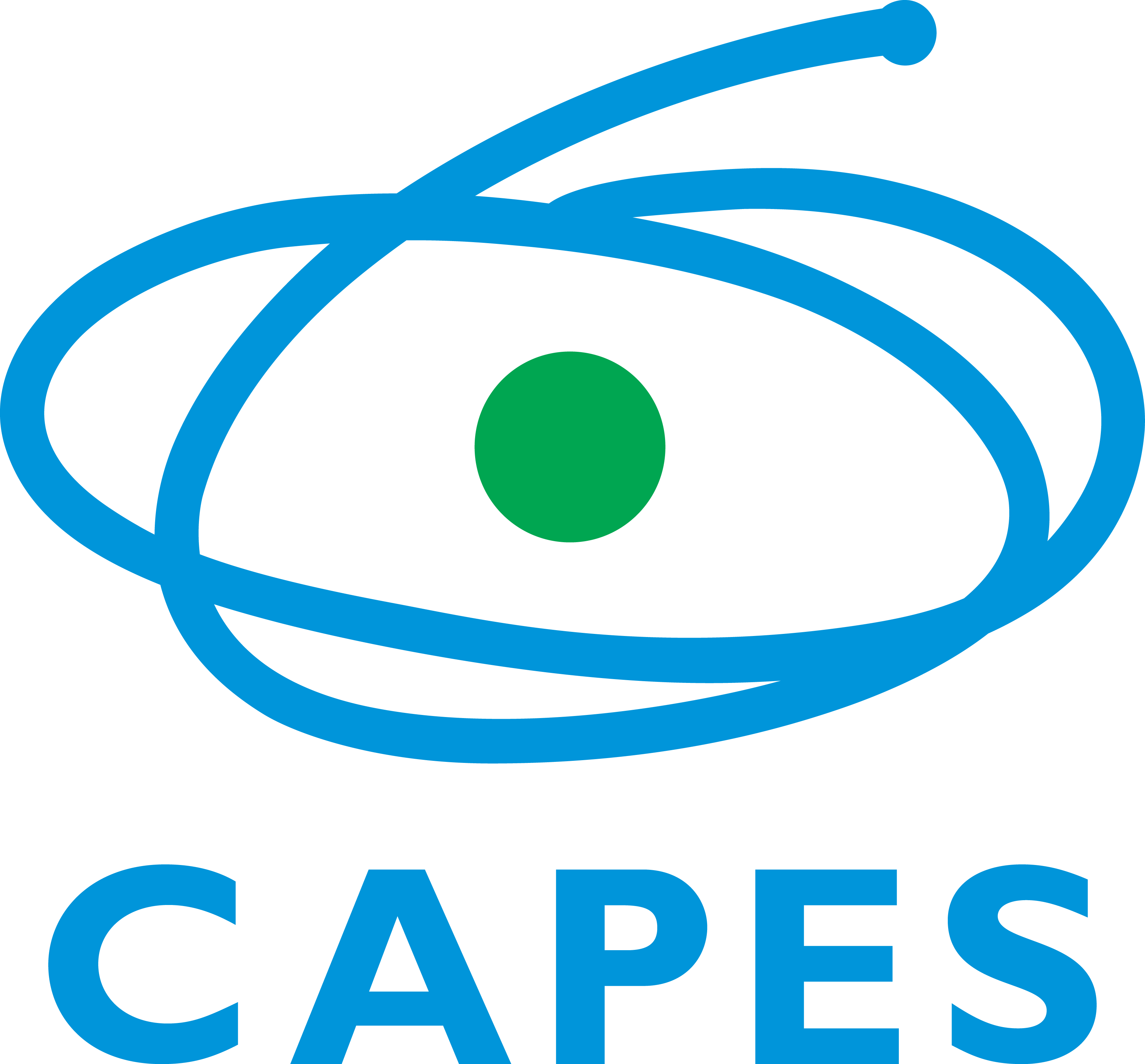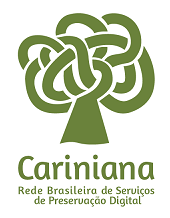Teaching of history, historical consciousness and the education of youth and adults
DOI:
https://doi.org/10.5433/1984-3356.2013v6n11p333Keywords:
History and teaching, History didactics, Youth and Adult Education - EJA, Historical learning, Historical awarenessAbstract
What do young and adults students think about History and its social function? This research, whose main objective is to analyse the relationship that students have with historical knowledge and if they ascribe a practical sense for historical learning, was guided by this initial inquiry. In other words, we investigate the significance of historical knowledge to the students and to what extent the teaching of history has influence on the formation of a critical and reflective thinking about themselves and the contemporary world. Thus, we established dialogues with current academic production outlined in Education field devoted to the study of adult education in Brazil, as well as with the contributions from the Theory of History, along with the assumptions of history didactics and the concept of historical consciousness developed by Jörn Rüsen (2001a) and Agnes Heller (1993). The discussions about youth and adult education were emphasized due to the need of understanding about what is this field of education, its importance and representativeness in Brazilian education scenery. The historical consciousness, understood as a set of operations by which men interpret their experience of life and seek answers to various situations that time imposes, was highlighted for being also a way by which the individuals express their ideas, thoughts, and representations and senses about History. This research involved 66 youth and adults students of a public schoool in Guarapuava city, PR. The data were collected through an investigative tool that consists in a set of historical questions (closed and discursive) involving meaning, interest, satisfaction, trust, temporality, experience in the classroom and practical life, and were analysed by using the Escala Likert (PAIS 1999; CERRI, MOLAR, 2010) and also the technique of textual analysis called Content Analysis (BARDIN, 1977). In examining each question and its answers, it was possible to realize a multiplicity of interpretations, since the historical consciousness is not homogeneous. However, the students performed reflections, to a greater or lesser degree, as from their social experiences with the discipline. The result indicated that history, far from being a "school subject" or a "bunch of nonsense," is for young people and adults a way that enables the interpretation and understanding of the reality, the present and their personal life as part of the changes in society.Downloads
Download data is not yet available.
Downloads
Published
2013-06-01
How to Cite
BONETE, Wilian Junior. Teaching of history, historical consciousness and the education of youth and adults. Antíteses, [S. l.], v. 6, n. 11, p. 333–334, 2013. DOI: 10.5433/1984-3356.2013v6n11p333. Disponível em: https://ojs.uel.br/revistas/uel/index.php/antiteses/article/view/15600. Acesso em: 2 jan. 2025.
Issue
Section
Abstracts of Doctoral Theses










